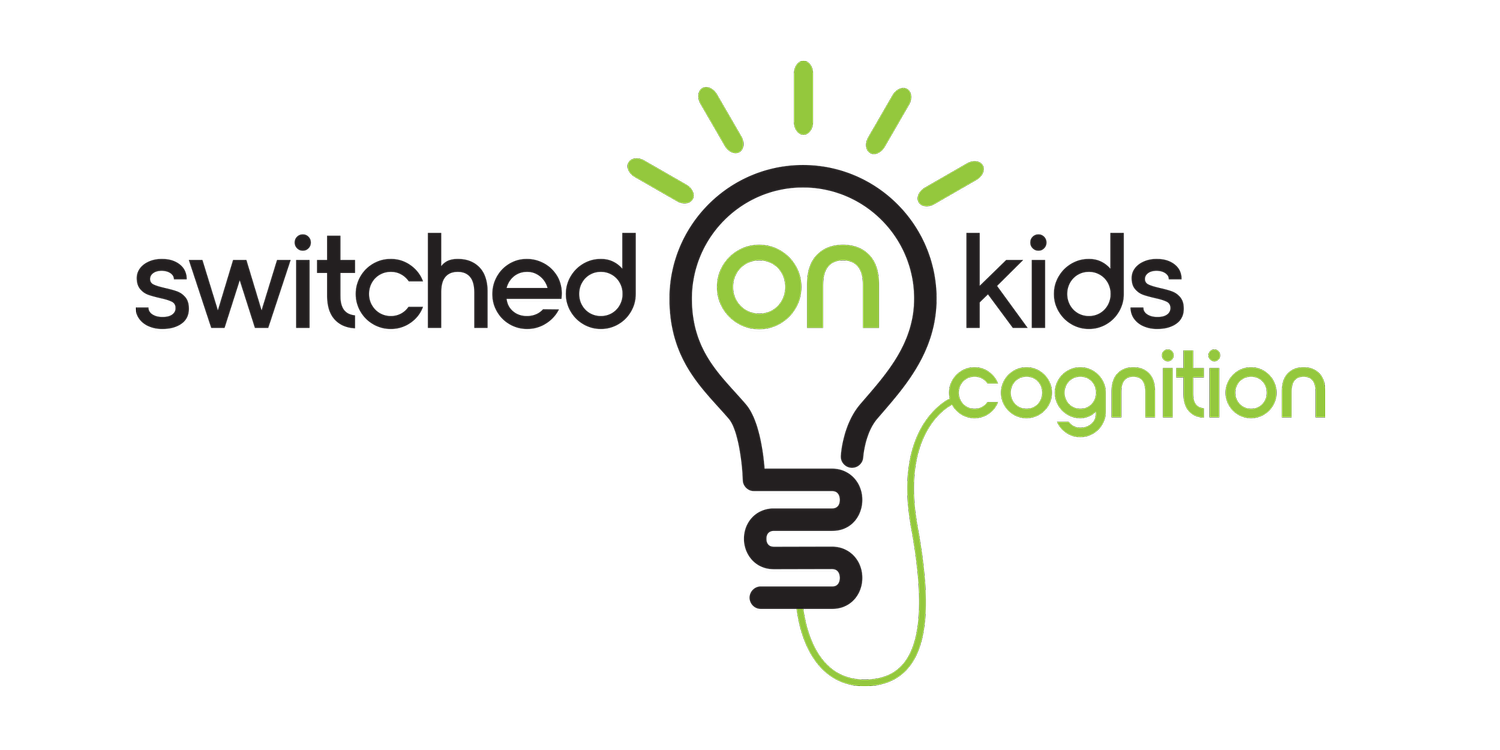Mental health skills for kids
Kids do talk about mental health challenges! Overhearing my 11-year-old son and his friends discussing anxiety, OCD, autism, and ADHD inspires me. I love how open and accepting these kids are and how willing they are to support each other through tough times. As a child of the 80’s I don’t recall having a single conversation with my friends that broached these topics. And so, I smile inside every time I hear kids speaking so openly and without judgement.
Do not be afraid of having conversations about mental health with your child. Kids are incredibly inquisitive and it is important to be honest and provide information based on facts. Children do need to know that mental health concerns are very common. Encourage your child to be kind and non-judgemental and to listen when their friends are in distress. Reassure them and let them know you are always a safe person that they can turn to for guidance. Obviously, we must keep in mind the age and maturity of a child when these topics are broached. Watch your child’s reactions and ensure that they always feel safe, secure, and supported.
As parents or caregivers, we can work with our children to foster positive mental health from a very young age. Given that our kids are so open to these conversations and so eager to learn, you might wonder – what are the most important skills for mental health and how do we teach these skills?
Fortunately, a team of researchers has dived deep into the data to uncover the key factors that help people make positive change. Hayes et al. (2022) used a method called “mediational analysis” to analyse the data from a phenomenal 54,633 studies. The analysis involved 50 researchers and took four years to complete. The data was from adult participants; however, the results are just as applicable to kids. Perhaps even more so when we consider neuroplasticity and the importance of building skills from a young age.
The study found that the most common pathway to change encompassed psychological flexibility and mindfulness skills. This result is meaningful, powerful, and most importantly, relatively easy to apply in real life. If you are familiar with Switched-On Kids Cognition you will be aware that there is a heavy emphasis on cognitive flexibility, mindfulness and listening to our inner voice. Why? I love the quote by Ross Greene – “kids do well when they can”. Kids pick up new skills fast. They are often fast to embrace positive change and strategies that work for them.
Psychological flexibility, as defined by the authors, emphasises awareness, openness and engaging in a values-based life. I tend to use the term “cognitive flexibility” and apply it in a slightly different way. Cognitive flexibility is a high-level executive function skill which refers to being able to think creatively, avoid getting “stuck”, consider the perspective of others and “go with the flow”. Neurodivergent kids tend to be “cognitively inflexible”. They struggle with transitions and changes to routines and can be rigid and rule-bound. They find it hard to simply be in the moment and play. They tend to perseverate and make the same mistake over and over, rather than being open to change. You can see how, when a child becomes “stuck in a loop”, they will feel anxious, defensive and possibly depressed. They tend to shut down or meltdown. Kids can be taught to notice when they are feeling frustrated, angry, or annoyed. There are a range of techniques we can use to work on cognitive flexibility with kids and encourage them to step out of their comfort zone - see Cognitive flexibility . A cognitively flexible kid can accept that they will sometimes feel angry or annoyed, but that they have the skills to move on and “go with the flow”.
The therapy technique that embraces both psychological flexibility and mindfulness is “Acceptance and Commitment Therapy” or ACT. The fundamentals of this therapy are outlined by Russ Harris in his book, “The Happiness Trap”. The book contains a wealth of self-help techniques that can be used by the entire family. The core tenets of ACT are:
A – stay present and Accept your thoughts and feelings
C- Choose a direction of value (something important to you).
T – Take action.
In my opinion, one of the strengths of ACT is that it does not tend to target a specific “diagnosis”, i.e., it is not a therapy specific to ADHD, anxiety, or other co-occurring conditions. Rather, it teaches a set of skills that can be helpful to all people over a lifetime. The principles of ACT are just as applicable to a parent as they are to their child.
So, if we know the skills needed for good mental health, let’s teach them to kids. Knowing what works in counselling/psychology is vital. Mental health challenges can be addressed from early in life. There are hundreds (maybe thousands) of different techniques out there but knowing what works gives our kids a great head start.
The authors conclude that the most important skill for positive mental health and emotional well-being is psychological flexibility. This covers three key pillars:
1. Being present - being aware of what is going on in the present moment (mindfulness).
2. Openness – accepting and allowing troubling thoughts. Recognising that these thoughts are “just thoughts”.
3. Valued engagement – being able to set goals and achieve objectives that are relevant to our values.
So, 55,000 studies have provided us with the secret sauce for mental health skills; these are openness and psychological flexibility (the ability to be open, aware and actively engaged). This incredible study provides us with a wealth of insight into how we can help our kids develop strategies to foster positive mental health. You do not need a PhD or any specialised training to implement the findings from this study. There are lots of practical ways that we can tap into these three pillars to help our kids improve their mental health.
1. Teach and guide children to be aware and present. There is a wide range of mindfulness techniques that children can use to stay present. Children can be taught to notice sensations in their bodies, to be aware of their thoughts and in tune with what is going on around them. Calm an anxious child by asking them to tell you; one thing they can see, one thing they can hear, one thing they can smell etc. Teach children to be aware of their breathing. Children enjoy yoga and meditation activities which promote mindfulness. A child who feels safe and can be present is more able to connect with family and friends.
2. Openness. Even young children can be taught that we all have troubling thoughts from time to time. Kids should be encouraged to accept these thoughts and recognise that these thoughts are just thoughts. The ability to accept our thoughts for what they are (“we are not our thoughts”) is quite different to attempting to control or get rid of troubling thoughts. Kids appreciate the use of metaphors when explaining this. ACT metaphors: Leaves on the Stream and Passengers on the Bus, are both easy to tailor to kids and will help them to accept and diffuse troubling thoughts. Alternatively, we can work with kids to teach them how to sing the thought in a funny voice or to distil it down to one word that is repeated over and over until it loses its power. By accepting our thoughts, we can reduce the severity of their impact.
3. Valued engagement. Our children strive to find meaning. They are driven by their interests and passions. The dilemma is that we do not make it easy for kids to engage in what they find most meaningful and valuable. Neurodivergent kids tend to struggle in the classroom as the curriculum is pre-set and often does not meet their needs. Outside of school, we tend to channel our kids into the same activities that all the other kids are doing (swimming, soccer, band). However, our kids do need to be able to choose their direction, hobbies, and interests without having them forced on them. When our kids can choose their interests, they are far more likely to engage in them, find a passion and purpose and thrive. Important, note – from experience, I can tell you that these interests are not usually the ones we have poured our time and money into (goodbye to expensive tennis lessons). Harnessing strengths is vital for positive mental health.
We can harness positive mental health in children from a young age. Children are eager to learn. They love knowing how their brain works and how they generate thoughts. We can foster positive mental health in our children by encouraging mindfulness, teaching kids to accept troubling thoughts for what they are (just thoughts) and encouraging them to engage in activities that are valuable and meaningful to them.
To learn more about my 1:1 services please see HERE.
References
Harris, R. (2021). The Happiness Trap. The Happiness Trap: How to Stop Struggling and Start Living: A Guide to ACT. 2nd Edition, Exisle Publishing; Australia.
Hayes, S. C., Ciarrochi, J., Hofmann, S. G., Chin, F., & Sahdra, B. (2022). Evolving an idionomic approach to processes of change: Towards a unified personalized science of human improvement. Behaviour Research and Therapy, Sep;156:104155. doi: 10.1016/j.brat.2022.104155.
For more tips - please follow me on social media :)


